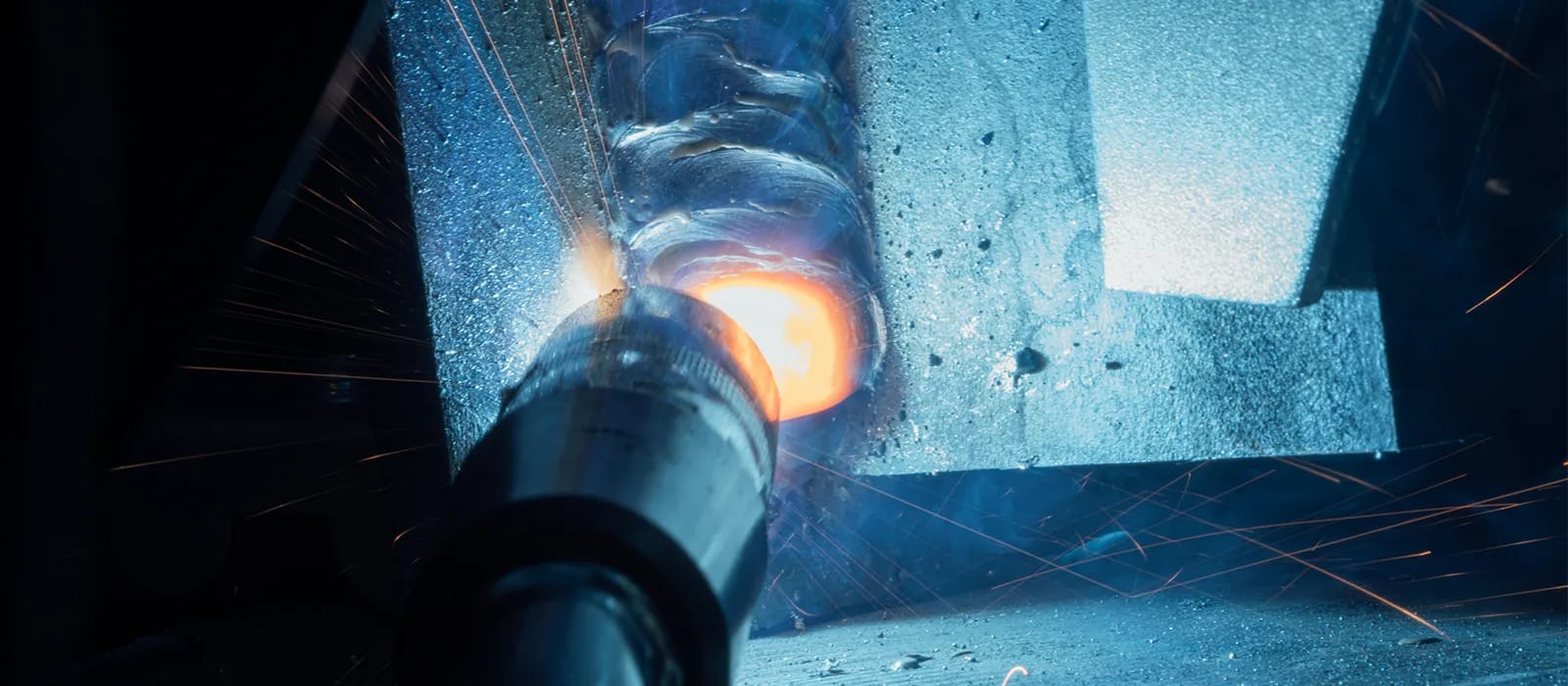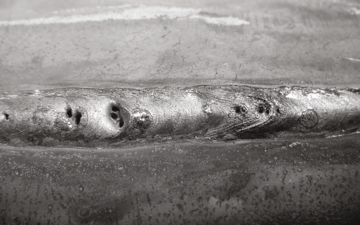What is Porosity in Welding: Trick Variables and Their Influence On Weld Quality
What is Porosity in Welding: Trick Variables and Their Influence On Weld Quality
Blog Article
Understanding Porosity in Welding: Exploring Causes, Impacts, and Avoidance Methods
As specialists in the welding industry are well aware, recognizing the reasons, effects, and prevention strategies connected to porosity is critical for achieving durable and trustworthy welds. By diving into the root causes of porosity, examining its detrimental results on weld quality, and exploring reliable avoidance methods, welders can enhance their expertise and abilities to produce high-grade welds continually.
Usual Causes of Porosity
Contamination, in the type of dust, oil, or corrosion on the welding surface area, creates gas pockets when heated up, leading to porosity in the weld. Inappropriate shielding happens when the protecting gas, frequently made use of in processes like MIG and TIG welding, is incapable to totally shield the molten weld pool from responding with the surrounding air, resulting in gas entrapment and succeeding porosity. In addition, insufficient gas insurance coverage, frequently due to incorrect flow prices or nozzle positioning, can leave components of the weld vulnerable, enabling porosity to develop.
Effects on Weld Top Quality
The presence of porosity in a weld can substantially endanger the total quality and honesty of the welded joint. Porosity within a weld develops voids or cavities that compromise the framework, making it more vulnerable to fracturing, deterioration, and mechanical failing.
Additionally, porosity can prevent the efficiency of non-destructive screening (NDT) strategies, making it testing to identify various other flaws or discontinuities within the weld. This can result in significant security concerns, specifically in essential applications where the architectural stability of the bonded components is vital.

Avoidance Techniques Summary
Given the detrimental influence of porosity on weld quality, efficient avoidance techniques are critical to preserving the structural stability of bonded joints. Additionally, choosing the appropriate welding specifications, such as voltage, current, and travel rate, can help reduce the risk of porosity development. By incorporating these prevention methods right into welding techniques, the event of porosity can be dramatically reduced, leading to stronger and much more trustworthy bonded joints.
Significance of Proper Shielding
Correct shielding in welding plays a vital function in preventing climatic contamination and guaranteeing the stability of welded joints. Protecting gases, such as argon, helium, or a blend of both, are commonly made use of to secure the weld pool from reacting with components in the air like oxygen and nitrogen. When these responsive aspects enter into call with the hot weld pool, they can create porosity, causing weak welds with lowered mechanical homes.

Inadequate securing can lead to different defects like porosity, spatter, and oxidation, jeopardizing the architectural stability of the welded joint. Consequently, sticking to appropriate shielding practices is vital to produce premium welds with very little issues and ensure the longevity and integrity of the welded components (What is Porosity).
Surveillance and Control Techniques
Just how can welders successfully keep track of and manage the welding process to guarantee ideal results and stop defects like porosity? By continuously monitoring these variables, welders can recognize inconsistencies from the excellent problems and make prompt modifications to protect against porosity development.

Furthermore, executing proper training programs for welders is crucial for keeping track of and regulating the welding procedure successfully. What is Porosity. Educating welders on the importance of keeping constant specifications, such as proper gas protecting and take a trip rate, can help stop porosity concerns. Regular evaluations and certifications can additionally guarantee that find out here welders are competent in surveillance and managing welding procedures
Additionally, making use of automated welding systems can improve monitoring and control capacities. These systems can precisely control welding parameters, reducing the probability of human mistake and making sure regular weld top quality. By combining advanced monitoring modern technologies, training programs, and automated systems, welders can properly check and regulate the welding procedure to reduce porosity problems and achieve top quality welds.
Conclusion

Report this page